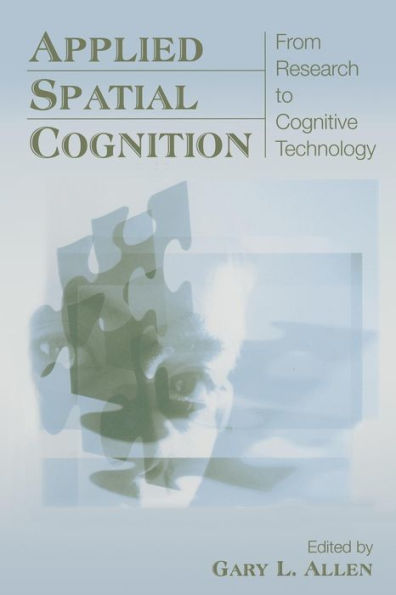5
1
9781138004139



Applied Spatial Cognition: From Research to Cognitive Technology / Edition 1 available in Hardcover, Paperback, eBook

Applied Spatial Cognition: From Research to Cognitive Technology / Edition 1
- ISBN-10:
- 1138004138
- ISBN-13:
- 9781138004139
- Pub. Date:
- 12/01/2014
- Publisher:
- Taylor & Francis
- ISBN-10:
- 1138004138
- ISBN-13:
- 9781138004139
- Pub. Date:
- 12/01/2014
- Publisher:
- Taylor & Francis

Applied Spatial Cognition: From Research to Cognitive Technology / Edition 1
$68.95
68.95
In Stock

Product Details
| ISBN-13: | 9781138004139 |
|---|---|
| Publisher: | Taylor & Francis |
| Publication date: | 12/01/2014 |
| Pages: | 414 |
| Product dimensions: | 6.00(w) x 9.00(h) x (d) |
From the B&N Reads Blog
